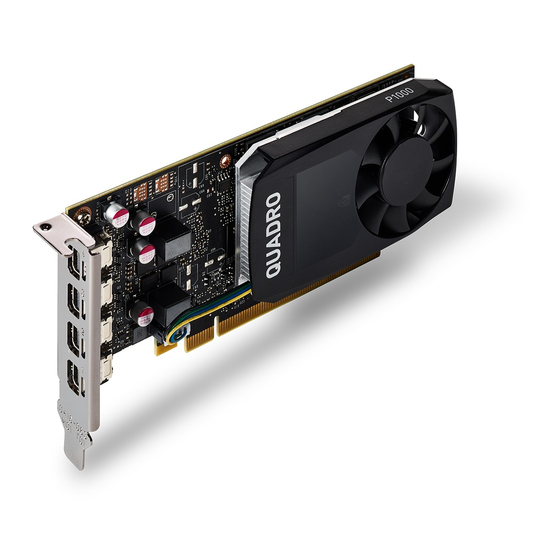
Table of Contents
Advertisement
Quick Links
Advertisement
Table of Contents

Summary of Contents for ATI Technologies P1000
- Page 1 P1000 STEREO TURNTABLE AMPLIFIER OPERATING AND MAINTENANCE MANUAL © Copyright 1997-2005, Audio Technologies Incorporated - Printed in USA Audio Technologies Inc. | 154 Cooper Road #902 | West Berlin, NJ 08091 | Voice 856-719-9900 | Fax 856-719-9903 | www. audio.com...
- Page 2 80 mV maximum input limit of typical preamps. ATI has eliminated these two problems by use of a new integrated circuit developed for the European professional audio market and recently made available to the US market through two major manufacturers.
- Page 3 Another design consideration is the presence of large low frequency input signals, which originate in record warp and seismic pickup from people walking, bumping studio desks etc. The signals are strongest in the neighborhood of the cartridge/tone arm resonant frequency, typically 6 to 10 Hz. In studio applications these signals can overload subsequent amplifiers, overdrive limiters and damage loudspeakers.
- Page 4 Do not ground the HI output as this shorts the output. CAUTION Balanced differential output MicroAmps (P1000-2) has active drivers for both HI and LO output terminals. Do not ground either HI or LO terminals. To drive an unbalanced (one side grounded) load connect it between HI and GND terminals and let the LO terminal float.
- Page 5 IC output DC voltages (no signal conditions) should measure OVDC +\- .5 VDC. Significant deviation indicates IC or circuit problem. Measurable DC difference between +\- amplifier inputs (other than due to meter loading) indicates IC failure. MODIFICATIONS 230 VAC OPERATION Your MicroAmp is wired for 115 VAC 50/60 Hz operations unless otherwise requested at the time of ordering.
- Page 6 OUTPUT CLIPPING LEVEL +22 dBm (P1000-1-3) +26 dBm (P1000-2) DISTORTION @ +20 dBm OUTPUT P1000-1: .2% 30 Hz to 20000 Hz P1000-2: .05% 20 Hz TO 20000 Hz EQUIVALENT INPUT NOISE SHORTED INPUT, .5 MICROVOLTS RMS. Cartridge Input, .8 micovolts, RMS.













Need help?
Do you have a question about the P1000 and is the answer not in the manual?
Questions and answers